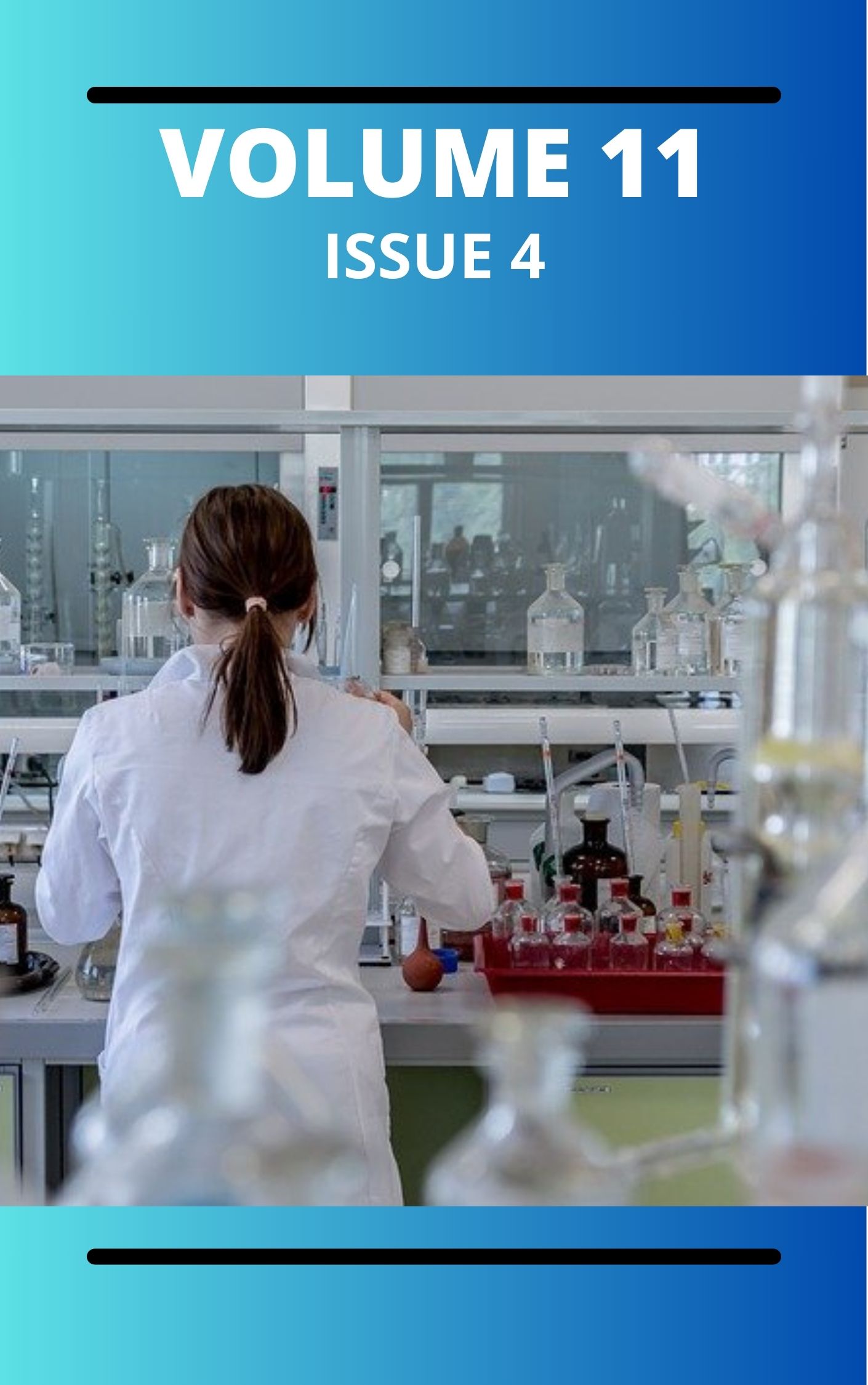A Multidisciplinary Approach to Historic Building Preservation
DOI:
https://doi.org/10.4314/pqk30v81Keywords:
Multidisciplinary approach, historic building, structural engineering, conservation, material Science, non-destructiveAbstract
Structural engineering in particular must work with other disciplines to accomplish the vital goal of preserving cultural heritage. The preservation of historic buildings guarantees that next generations will be able to experience and learn from these cultural objects, which serve as the physical embodiment of cultural identity and history. But structural problems frequently affect these structures, endangering their durability and structural integrity. While structural engineering is essential for identifying and resolving these problems, it cannot function alone. To create successful preservation plans that honor the structural and cultural characteristics of these structures, a multidisciplinary approach combining knowledge from material science, architecture, history, and conservation is required. Through a multidisciplinary perspective, this research investigates the function of structural engineering in the preservation of historic buildings. Through an analysis of case studies and existing practices, it draws attention to the advantages, difficulties, and potential paths forward of a cooperative approach to cultural asset conservation.
Downloads
Published
Issue
Section
Similar Articles
- Emeka Chima Ogoko, Kelle Henrietta Ijeoma, Gana J. Babaman, Quality Evaluation of Some Brands of Amoxicillin Capsules Dispensed in Lagos State, Nigeria , Communication In Physical Sciences: Vol. 7 No. 4 (2021): VOLUME 7 ISSUE 4
- Olumuyiwa O. Akintola , Investigation of the Safe Location for Private Electric Power Generators Servicing Residential Buildings in Nigeria , Communication In Physical Sciences: Vol. 9 No. 4 (2023): VOLUME 9 ISSUE 4
- Musa Runde, Preliminary Screening of Medicinal plants in Nigeria for Phytochemicals and Essential Oils Constituents , Communication In Physical Sciences: Vol. 6 No. 1 (2020): VOLUME 6 ISSUE 1
- Enefiok Archibong Etuk, Omankwu, Obinnaya Chinecherem Beloved, Spiking Neural Networks (SNNs): A Path towards Brain-Inspired AI , Communication In Physical Sciences: Vol. 12 No. 2 (2025): VOLUME 12 ISSUE 2
- Joseph Reuben Wartu, Sani Sambo Datsuqwai Mohammed, John Idakwoji , Regulatory Gene, aflaR Identification of Aflatoxigenic Moulds and total Aflatoxin estimation in Digitaria exilis and Digitaria iburua sold within Kaduna Metropolis , Communication In Physical Sciences: Vol. 9 No. 1 (2023): VOLUME 9 ISSUE 1
- Uduak Irene Aletan, Abraham Gana Yisa, Sunday Adenekan, Abiodun Emmanuel Adams, Antioxidant Properties and Reproductive Health Benefits of Opa eyin Herbal Concoction: In vitro and In vivo Evaluation , Communication In Physical Sciences: Vol. 12 No. 3 (2025): VOLUME 12 ISSUE 3
- Eteyen A. Uko, Emem I. Ntekpere, Microbial Contamination of Infant Diapers , Communication In Physical Sciences: Vol. 6 No. 1 (2020): VOLUME 6 ISSUE 1
- Kolawole Ismail Adekunle, Abubakar Yahaya, Sani Ibrahim Doguwa, Aliyu Yakubu, On the Exponentiated Type II Generalized Topp-Leone-G Family of Distribution: Properties and Applications , Communication In Physical Sciences: Vol. 11 No. 4 (2024): VOLUME 11 ISSUE 4
- YUSUF MOHAMMED AUWAL, OSITA CHUKWUDI MELUDU, TIMTERE PASCAL, Computational Modeling and validation of Indoor Radon Gas Dynamics and Accumulation Using Ansys Fluent Simulation , Communication In Physical Sciences: Vol. 12 No. 4 (2025): VOLUME1 2 ISSUE 4
- Michael Oladipo Akinsanya, Aminath Bolaji Bello, Oluwafemi Clement Adeusi, A Comprehensive Review of Edge Computing Approaches for Secure and Efficient Data Processing in IoT Networks , Communication In Physical Sciences: Vol. 9 No. 4 (2023): VOLUME 9 ISSUE 4
You may also start an advanced similarity search for this article.




